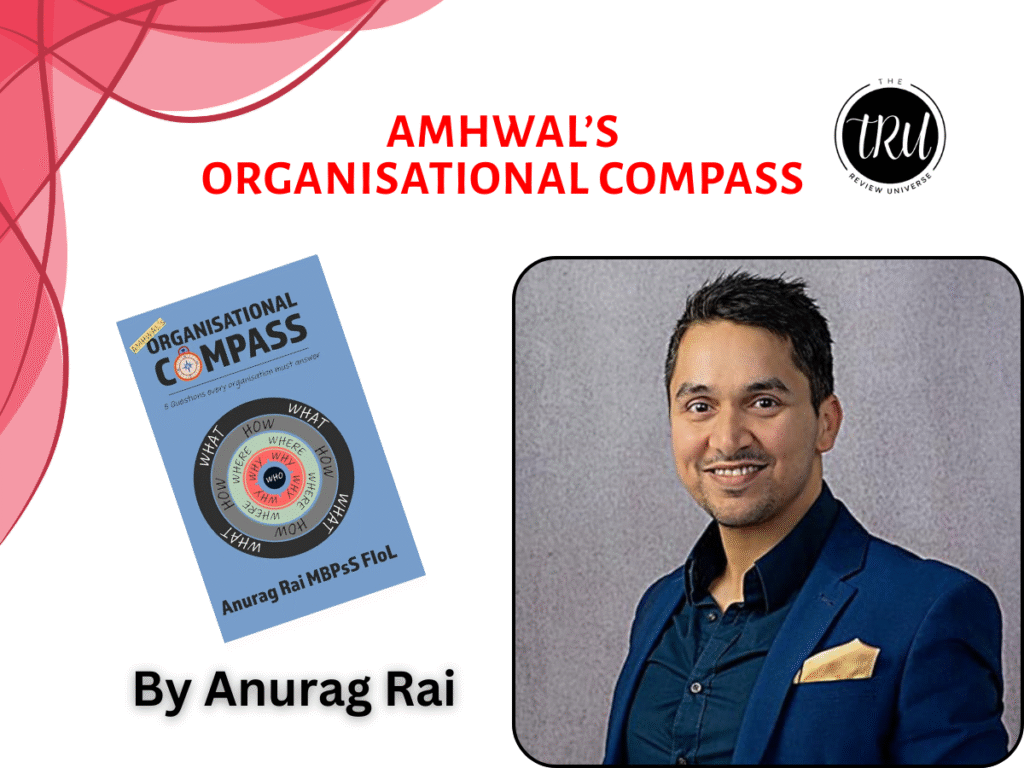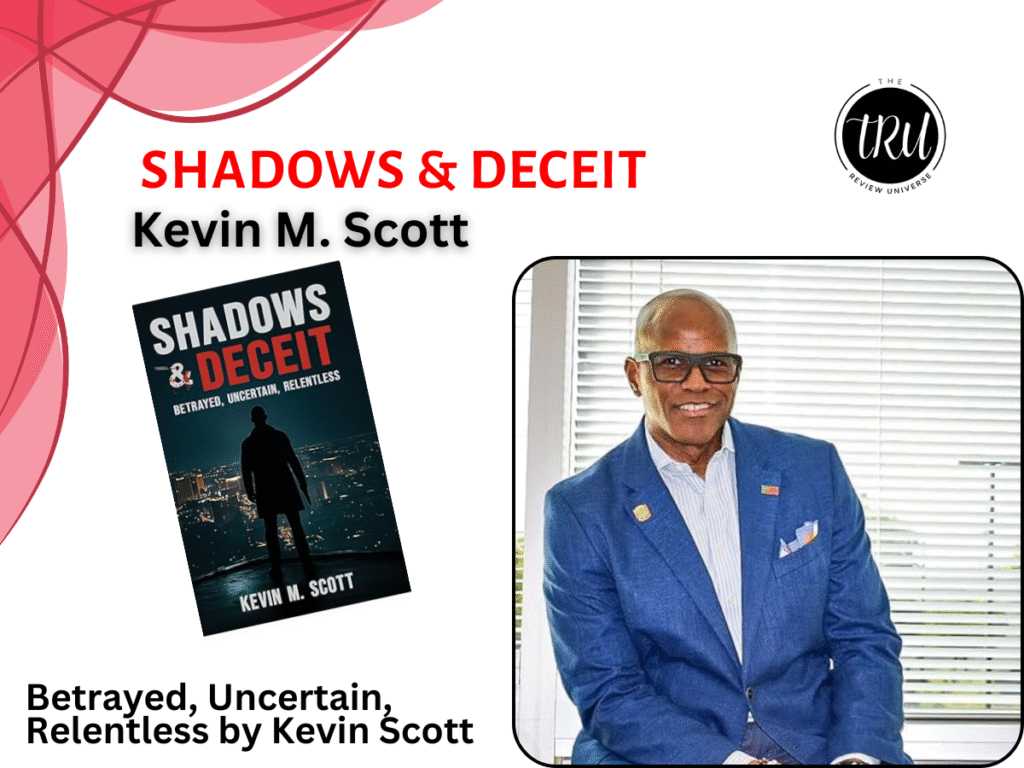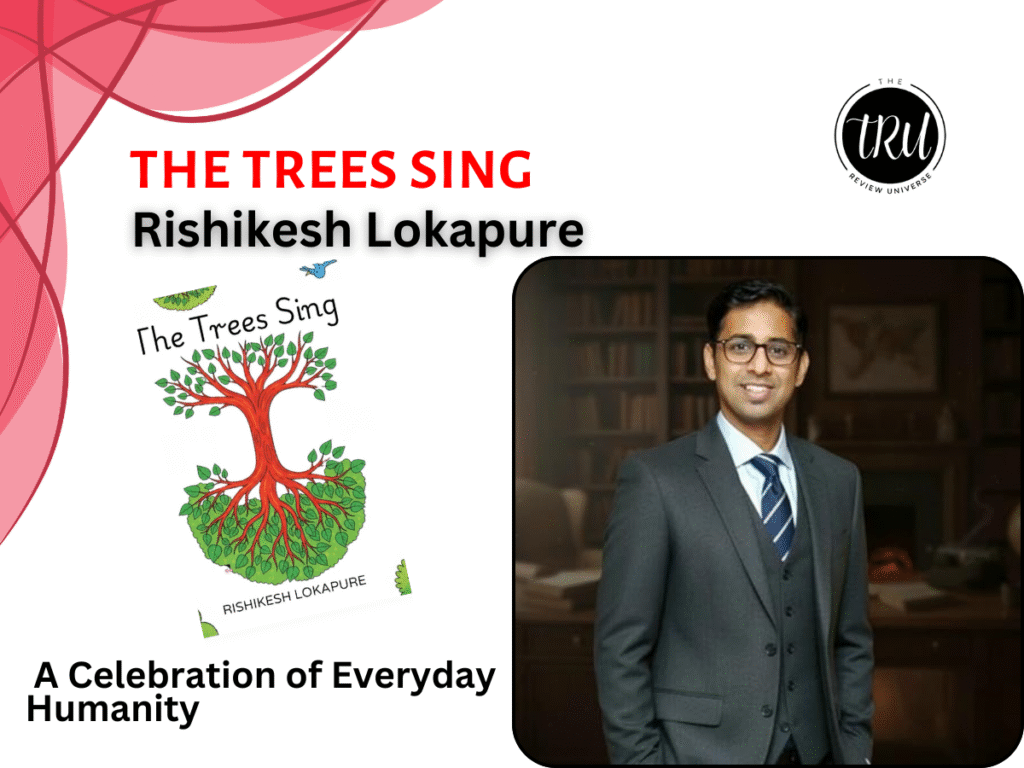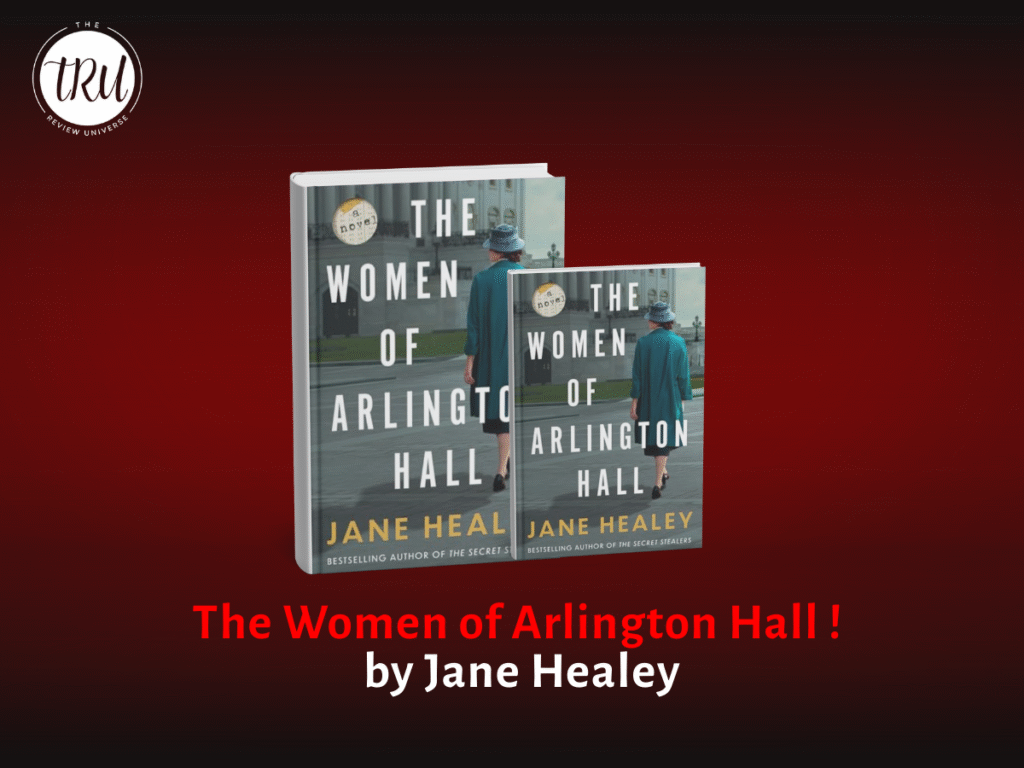
| Aspect | Details |
| Title of the Book | The Women of Arlington Hall |
| Author | Jane Healey |
| Genre | Historical Fiction, War Drama & Romance |
| Publisher & Year | August 1, 2025 by Lake Union Publishing |
| Setting | World War II era, primarily Arlington Hall in Virginia (a U.S. code-breaking center) |
| Language | English |
| Print Length | 329 pages |
| Available at | https://www.amazon.com/Women-Arlington-Hall-Novel-ebook/dp/B0DJTD3XM2 |
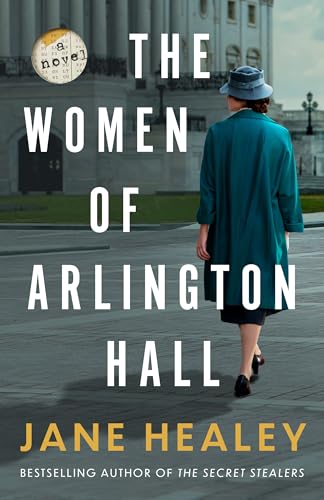
Introduction
Jane Healey’s The Women of Arlington Hall takes readers into the hidden world of World War II codebreakers, shining light on the young women whose intelligence and determination played a crucial role in the Allied victory. Set against the backdrop of Arlington Hall, a U.S. intelligence hub in Virginia, the novel blends history with fiction to tell a story of friendship, sacrifice, and resilience. Through her engaging prose, Healey not only recreates a fascinating piece of history but also celebrates the voices of women too often left out of the narrative.
About Jane Healey
Jane Healey has a BA (Hons) from Warwick University, an MSc in Literature & Modernity from Edinburgh University, and studied on the MFA Fiction course at CUNY Brooklyn College. Her short stories have been shortlisted for the Costa Short Story Award, the Bristol Prize, and the Commonwealth Short Story Prize. She is the author of the Historical Writers’ Association Debut Crown Award winner The Animals at Lockwood Manor and The Ophelia Girls. She lives in London.
Jane Healey shares a home north of Boston with her husband, two daughters, and two cats. When she’s not writing historical fiction, she enjoys running, reading, cooking and going to the beach. With a background in publishing and public relations, she turned to full-time writing, inspired by her love for history and literature. Her debut novel, The Saturday Evening Girls Club, showcased her interest in the everyday struggles and triumphs of women in the early twentieth century.
Living near Boston, Healey balances her writing life with family, research, and speaking engagements. She often emphasizes that her mission as a writer is to honor women whose contributions have long been overshadowed in traditional histories. The Women of Arlington Hall continues this passion, shedding light on the secretive work of women codebreakers during the early Cold War era.
Plot Summary
A female codebreaker puts her future and her heart on the line in a stirring novel about love, loyalty, betrayal, and Cold War spy games by the bestselling author of The Secret Stealers.
1947: Adventurous Radcliffe graduate Catherine “Cat” Killeen cancels her wedding and upends a future that no longer suits her. At the behest of her professor and hungry for a challenge, Cat arrives in Virginia to work on a confidential military project. A student in cryptoanalysis, Cat is already ahead of the game—to assist in rooting out Soviet spies who have infiltrated the US.
Joining the “government girls” of Arlington Hall, Cat gains the respect of her superiors and the friendship of her peers. Then, on a night out in DC, Cat runs into Jonathan Dardis, her arrogant and privileged Harvard rival and newly minted agent for the FBI. What Cat and Jonathan share is a competitive drive and an attraction that’s becoming just as spirited. They’re also united in the same critical goal for America. Together, they’re diving deep into the shadows of espionage.
The stakes of the codebreaking operation grow ever higher, and Cat’s relationship with Jonathan opens her heart. Amid dangerous intrigue and grave secrecy, Cat is ready for every risk—no matter how personal the stakes get.
Characterization
One of the novel’s strongest elements is its characterization, particularly of the women at the center of the story. Catherine “Cat” Killeen emerges as a compelling protagonist who is intelligent, ambitious, yet torn between personal desires and patriotic duty. Her decision to step away from a traditional life path reflects both her independence and her search for meaning beyond societal expectations. Cat’s inner struggles and gradual growth make her relatable, and her role as a codebreaker highlights the often-overlooked contributions of women in intelligence work.
Surrounding Cat are equally vivid supporting characters. Effie, Rosemary, and Gia each bring their own personalities and challenges to the group, forming a circle of friendship that becomes as vital as the mission itself. Their camaraderie, humor, and resilience provide emotional depth, showing how women relied on each other while working under extreme secrecy and pressure. These side characters are not merely background figures; they enrich the narrative by reflecting the diversity of women’s experiences in wartime and postwar America.
Male characters, especially Jonathan Dardis, play significant roles but are not allowed to overshadow the women. Jonathan, once Cat’s Harvard rival, reappears as an FBI agent, adding romantic tension as well as professional rivalry. His presence challenges Cat to reconsider her loyalties and ambitions, creating a layered dynamic between them. By blending romance, rivalry, and partnership, Healey crafts characters who feel authentic and emotionally engaging, grounding the espionage plot in personal stakes.
Core Themes
- Female Empowerment and Independence: The protagonist, Cat, abandons a traditional future to pursue a challenging and unconventional career, embodying the novel’s exploration of educated women seizing new opportunities in a male-dominated world.
- Work, Secrecy, and Camaraderie: The intense work of codebreaking against Soviet spies creates a backdrop for strong female friendships, sisterhood, and mutual support as the women navigate stress and secrecy together.
- Love and Betrayal: The narrative features a developing romance with an FBI agent, adding a layer of personal connection and emotional depth to the espionage and secrecy of the era.
- Cold War Espionage: The plot centers on the critical, confidential military project of uncovering Soviet spies in the U.S., making the hunt for secrets a central conflict.
- Courage and Loyalty: The women are depicted as displaying immense courage, not only in their dangerous work but also in the personal sacrifices they make, and the story explores themes of loyalty to their country and their friends.
- Challenging Societal Expectations: The novel highlights how the women’s work at Arlington Hall offered a rare and exciting new path for educated women, contrasting with the limited domestic expectations of the time
Historical Accuracy and Setting
Jane Healey anchors her novel firmly in the late 1940s, a period marked by the aftermath of World War II and the rising tensions of the Cold War. The central setting, Arlington Hall in Virginia, was a real U.S. intelligence facility where codebreakers worked on the Venona Project, an operation that sought to uncover Soviet espionage through decrypting secret communications. By placing her characters in this environment, Healey gives readers a glimpse into the hidden world of intelligence work at a time when secrecy and suspicion defined national security.
The historical details, while not overly technical, are woven into the narrative with enough accuracy to establish authenticity. The descriptions of the hall’s working environment, the secrecy surrounding the women’s tasks, and the sense of constant vigilance against Soviet infiltration reflect well-researched realities. Healey balances factual context with fictional storytelling, ensuring the historical backdrop enhances rather than overwhelms the characters’ personal journeys.
At the same time, Healey uses creative license to focus more on emotional depth than on the intricate mechanics of cryptography. Some readers may find the espionage aspects simplified, but this approach keeps the story accessible and engaging to a wide audience. The novel ultimately succeeds in evoking the atmosphere of a fraught era, where young women played crucial yet often unacknowledged roles in shaping history behind closed doors.
Literary Strengths and Minor Weaknesses
What Works Brilliantly
Healey’s prose strikes the perfect balance between period authenticity and modern accessibility. Her dialogue captures the cadence of 1940s speech without feeling stilted or overdone. The pacing expertly weaves together romantic tension, workplace drama, and espionage intrigue, creating multiple narrative threads that never feel overwhelming.
The author excels at depicting the unique challenges faced by intelligent women in the 1940s. Cat’s struggle to be taken seriously by her male colleagues, while navigating romantic relationships and family expectations, reflects the broader societal tensions of the era. The novel effectively illustrates how the war years temporarily opened doors for women that would later be pushed closed again.
Areas of improvement
While the novel succeeds in most areas, some plot elements feel slightly predictable. The revelation of certain characters as Soviet agents can be anticipated by careful readers, though this doesn’t significantly detract from the overall reading experience. Additionally, some secondary characters could benefit from more development—particularly Bill Weissman and Lindsay Philmore, who serve important plot functions but remain somewhat one-dimensional.
The pacing slows in a few sections, which may test the patience of readers looking for a tighter storyline. However, these minor weaknesses do not take away from the overall impact of the novel.
Comparisons & Literary Context
Healey’s novel stands alongside works like Kate Quinn’s The Alice Network and Kristin Hannah’s The Nightingale, which also spotlight women’s overlooked contributions during World War II. While those novels often center on espionage or resistance movements, The Women of Arlington Hall shifts focus to the intellectual labor of codebreaking, offering a fresh perspective on wartime narratives. In the broader literary context, it enriches the tradition of women-centered historical fiction by blending research with character-driven storytelling.
Technical Excellence and Readability
Prose Style and Structure
Healey’s writing style remains consistently engaging throughout the novel’s 400+ pages. She effectively varies sentence structure and pacing to maintain reader interest, alternating between intimate character moments and high-stakes espionage sequences. The first-person narration allows readers to experience Cat’s internal struggles directly while maintaining enough distance to appreciate the broader historical context.
The novel’s structure, divided into two main parts with a time jump, effectively mirrors Cat’s personal growth and the escalating Cold War tensions. This organization allows for natural character development while maintaining narrative momentum.
Period Details and Atmosphere
The author’s attention to period details creates an immersive reading experience without overwhelming the narrative. From Cat’s descriptions of Idaho Hall dormitory life to the smoky atmosphere of DC jazz clubs, these details enhance authenticity without feeling like research dumping. The inclusion of real historical documents, such as Truman’s announcement of the Soviet atomic bomb test, seamlessly integrates factual elements into the fictional narrative.
The Verdict: History’s Silent Codebreakers
Jane Healey’s The Women of Arlington Hall succeeds in shining a spotlight on the women whose quiet brilliance shaped the outcome of a global war. By blending fact with fiction, she not only tells a compelling story but also restores these forgotten figures to their rightful place in history. Despite a few predictable turns, the novel remains both engaging and moving, reminding us that some of the greatest victories are won not on the battlefield, but in the silent rooms where women worked tirelessly, breaking codes that changed the world.
For fans of historical fiction, particularly those drawn to stories of women’s contribution to major historical events, The Women of Arlington Hall represents a thoroughly satisfying read that both entertains and educates. Healey has once again proven her ability to blend meticulous historical research with compelling storytelling, creating a novel that deserves a place alongside the best works in the genre.

